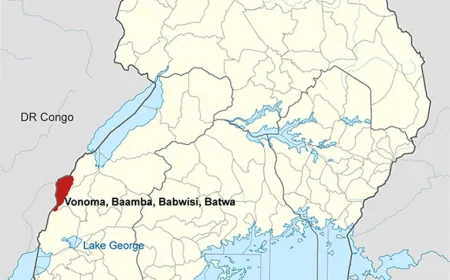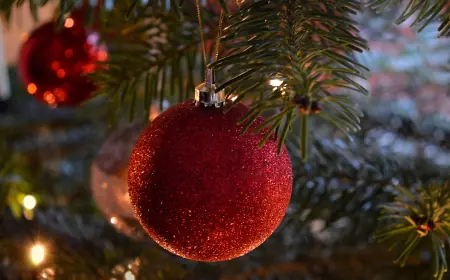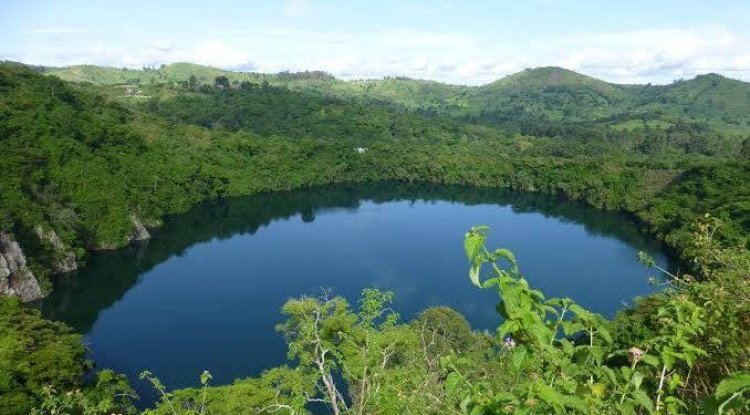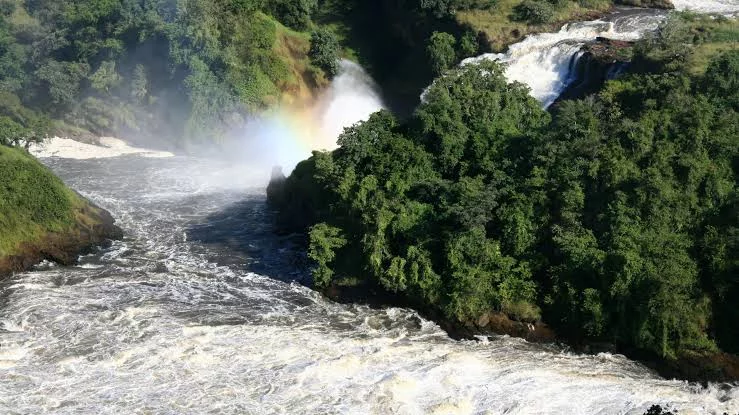Murchison Falls National Park Uganda Travel Guide
Uganda’s largest national park protects a portion of wild African savannah separated by the impressive river Nile. It is named for the magnificent Murchison Falls, where the world’s longest river burst out ferociously through a narrow gap in the Rift Valley escarpment to fall into a frothing pool 43m below.
About murchison falls national Park
Also known as the Kabalega National Park, the Murchison Falls National Park is popularly known for having the world’s most powerful waterfall that emits large volumes of water about 300 cubic meters per second or 11,000 ft³/s at a very powerful pressure that cause the surrounding to tremble. The park was first gazetted in 1927 and today is the largest park in Uganda covering an area of 3840 sq km / 1483 sq miles. It is commonly visited for Uganda Safari Tours because of its diverse safari activities and rich wildlife.
The park is bisected by the Victoria Nile which first races down 80km of whitewater rapids before plunging 40m over the remnant rift valley wall at Murchison Falls, the centrepiece of the park. This waterfall was named in 1864 by the explorer Samuel Baker who considered it ‘the most important object through the entire course of the river.’ The Falls drains the last of the river’s energy, transforming it into a broad, placid stream that flows quietly across the rift valley floor for 55km to Lake Albert. This stretch of river provides one of Uganda’s most memorable wildlife spectacles. Regular visitors include elephant, giraffe and buffalo while hippopotamus and Nile crocodile are permanent residents.
The park covers 3,893km2 and is Uganda’s largest protected area. Today it is part of the even larger Murchison Falls Protected Area (5,072km2) which includes the adjoining Karuma and Bugungu wildlife reserves.
The Albert Nile corridor is Uganda’s lowest area (612m at Delta Point) and temperatures can be hot with a mean maximum of 29OC. The hottest times are mid December to mid February and June-July, tempered by rainy seasons in April and November.
The History
Murchison Falls has received many notable foreign visitors. In 1907, Winston Churchill hiked, boated and bicycled up the Nile corridor to the Falls. He was followed by Theodore Roosevelt in 1909 during a hunting safari that cost, by today’s prices, a phenomenal US$1.8m!
In 1951, the Falls provided a backdrop for Humphrey Bogart in John Huston’s famous movie, The African Queen which was filmed on location along the Murchison Nile and on Lake Albert. British royals have also visited Murchison, the Prince of Wales (later Edward VII) in 1930 and the Queen Mother in 1959.
The least happy celebrity visitor was Ernest Hemingway in 1954 who literally dropped in. His intention was simply to overfly the waterfall but his plane clipped an old telegraph wire strung across the gorge and cartwheeled into the riverine forest. Hemingway and his wife were rescued and taken to Butiaba where their rescue plane crashed on takeoff.
How to get there
The location of Murchison Falls National Park is in northern Uganda, northwest of the capital Kampala, and extends its boundaries to a number of districts within and beyond the Bunyoro escarpment including Nwoya, masindi, Kiryandongo and Buyisa. It is found on the northernmost reaches of the Albertine Rift Valley with its terrain bisected by the Victoria Nile.
By road, the Nile river crossing at Paraa, in the centre of the park, is approximately 5hrs drive from Kampala (305km). Paraa is 85km from Masindi town by the direct route. A longer (135km) alternative route passes through Budongo forest and enjoys spectacular views across Lake Albert from the rift valley escarpment above Butiaba. Paraa can also be approached from the north, via Chobe Gate near Karuma Falls and Tangi Gate near Pakwach (25km to Paraa), and Wankwar Gate above near Purongo.
A vehicle ferry crosses the Nile at Paraa. This operates hourly between 07.00 and 19.00 with the exception of 13.00.
Murchison can also be reached by air. Charter flights can land at airstrips north of the Nile at Pakuba (19kms from Paraa) and south at Bugungu (13kms from Paraa).
The wildlife

When we talk about Murchison Falls National Park animals, it is home to more than 73 animals species among which are four the ‘Big Five’ including buffaloes, leopards, lions and elephants (except rhinos), has three-quarters of the world’s population of Rothschild giraffes plus a healthy population of herbivores which has recently doubled including the Uganda Kobs all of which can easily be seen on the Wildlife Safari Tours here. There are various primates living within its verdant forests like the Budongo among are over 610 chimpanzees, in addition to 451 bird species including 23 Albertine rift endemics.
Around the Park
The Nile and Murchison Falls
When the park was created in 1952, the Game Department enthused, ‘The main attractions of this park are undoubtedly the unique Murchison Falls and the River Nile with its teeming hippo and serried ranks of crocodile on the sandbanks, coupled with large numbers of other species…coming down to drink and bathe..’
Today the highlight of a visit to Murchison is the launch trip upstream to view the Falls and riverside wildlife. The launch departs at 09.00 and 14.00 daily. The round trip takes three hours. An additional boat trip heads downstream from Paraa to the papyrus delta at the river’s entrance into Lake Albert. This 4-5 hour return voyage offers a good chance of sighting the shoebill stork and a variety of other wildlife.
The Nile below Murchison Falls provides exciting challenges to anglers including the chance to land a massive Nile Perch (the record is 108kg). Fishing is restricted to designated sites and places are limited so prior booking is recommended. Some boats may be hired for fishing by prior booking. Do bring your own fishing equipment.
The most dramatic view of the waterfall is the ‘Top of the Falls’ where the sight and sound of the Nile crashing through a 6m-wide chasm make an unforgettable assault on the senses. This site may be reached either by vehicle or a half hour climb after leaving the Paraa launch.
The Ziwa Rhino Sanctuary

This private non-profit project was established in 2005 to revive the population of the white rhino in Uganda following the intense poaching that happened during the 1990s that totally depleted this species from the Murchison Falls and Kidepo National parks where these animals previously lived. Today there are twenty two 22 southern white rhinos found at this sanctuary.
Rabongo and Kaniyo Pabidi forests
Trails through Kaniyo Pabidi forest, 8km inside Kichumbanyobo Gate, provide the opportunity to track chimpanzee and other primates beneath Uganda’s largest remaining mahogany trees. Birding is excellent with the chance of sighting rarities such as the yellow-footed flycatcher, Ituri batis, and white thighed hornbill. Nature walks are also offered at Rabongo forest.
sighting rarities such as the yellow-footed flycatcher, Ituri batis, and white thighed hornbill. Nature walks are also offered at Rabongo forest.
Things To Do
- Launch Trip: This 2 hour launch trip begins at Paraa and offers holidaymakers an opportunity to see various wildlife including large numbers of giant crocodiles, hippos and various birds like the rare shoebill stork. This offers great photographic opportunities
- Game Drives: These are conducted early morning as well as in the early evening offering you a chance to enjoy up-close views of the different animals. The Delta area, Buligi Penisular and the southern sector are the main game viewing areas.
- Cultural Tours: Enjoy thrilling energetic cultural dances by the Mubako as you sit by a campfire, village tours to see the traditional lifestyle of the locals and the crafts shop by the Boomu Women’s Group
- Chimpanzee Tracking: Within the verdant forest of budongo are some of the best Chimpanzee Tracking Tours conducted in Uganda. You will enjoy up-close encounters with these great apes.
- Hot Air Balloon Safari: Enjoy an aerial view of the park’s beautiful landscape and large numbers of wildlife at day break. This ride costs between $380 and $400.
- Bird Watching: With various species including Albertine Rift endemics, water birds and savanna forest birds. Birders will surely be well rewarded. Bird watching can be done during the launch cruise and game drives.
- Nature Walks & Hikes: The park offers several trails that can be explored on foot through the Rabongo and Kaniyo Pabidi forests to see birds and primates

Ranger Guides and Porters
A trained ranger guide is required on all trekking excursions to show you the way and enrich your journey by interpreting the environment and ensuring your safety.While on the hike, Local porters make your trip easier by carrying up to 18kgs of supplies, in addition to collecting water, cooking and preparing the camp.How to get these rangers and porters,vistors’ information office will advise or contact your travel/tour agency.
Best time to visit
Although considered to be an all year-round destination, the best time to visit Murchison Falls National Park is in the dry season from December to mid-February, and June to July while bird watching can best be done in the wet season hen migrant birds have arrived
Accommodation
UWA campsites exist at the top of the Falls, Rabongo forest and Delta Point. These sites provide pit latrines and in some cases, basic showers. Budget accommodation and camping is available at Red Chilli Rest Camp and Kaniyo Pabidi Camp. More upmarket accommodation is provided by Nile Safari Camp, Sambiya River and Paraa Safari Lodges. In Masindi, the Masindi Hotel and Court View Hotel are recommended
Resources;
What's Your Reaction?
 Like
0
Like
0
 Dislike
0
Dislike
0
 Love
0
Love
0
 Funny
0
Funny
0
 Angry
0
Angry
0
 Sad
0
Sad
0
 Wow
0
Wow
0












































































